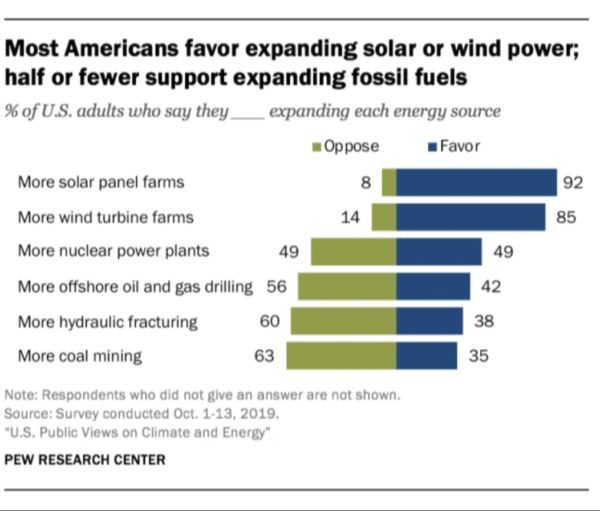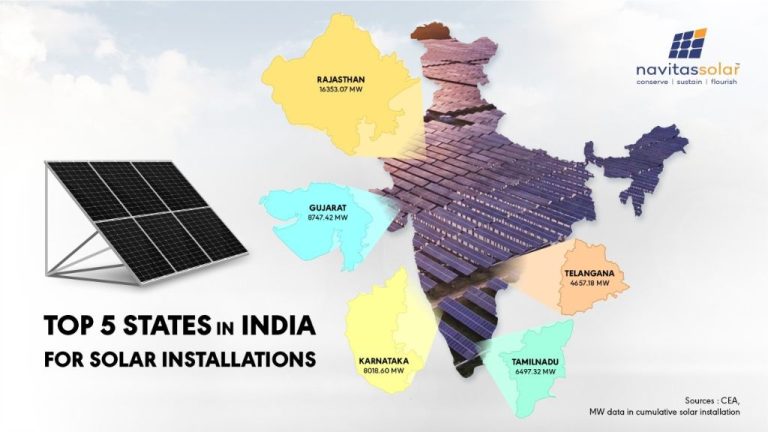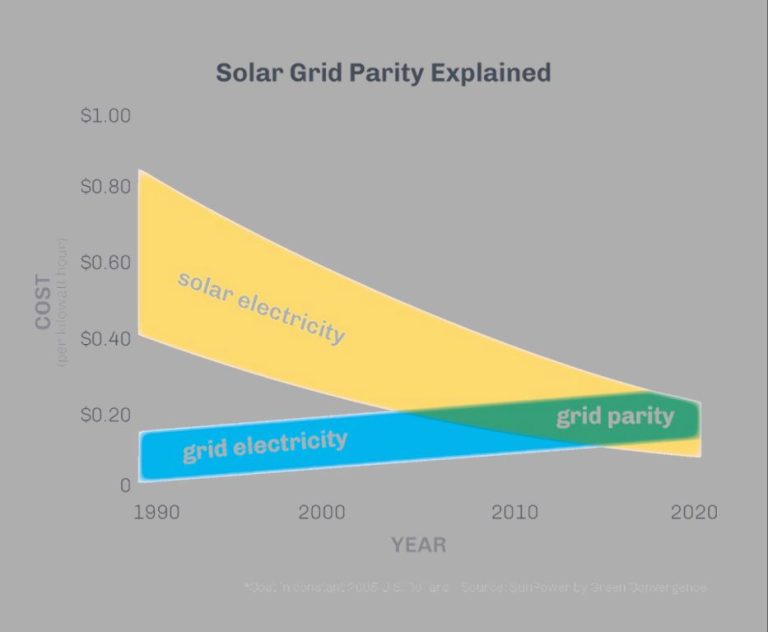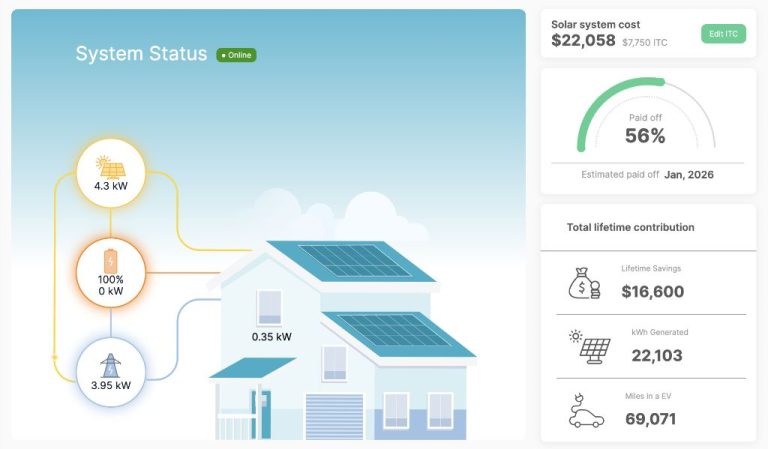What Is A Limitation Of The Solar System?
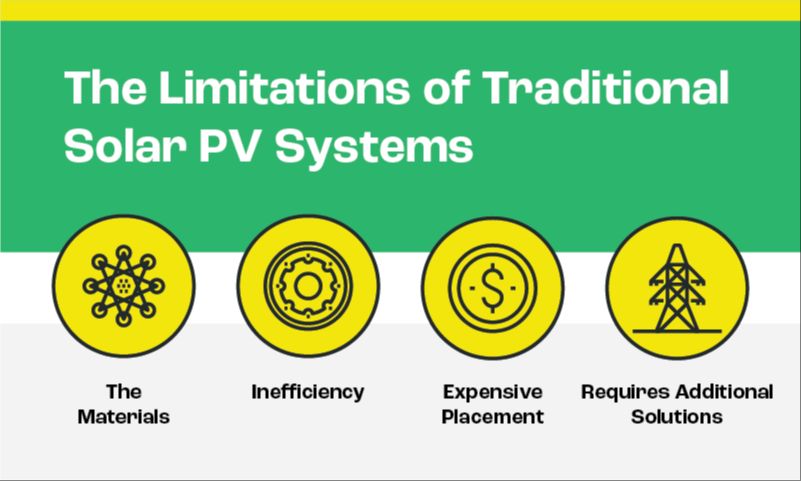
The solar system consists of the Sun and everything bound to it by gravity, including the eight planets and their moons, as well as asteroids, comets, and other small bodies. A limitation in this context refers to any factor that restricts the potential or capacity of the solar system in some way.
According to the Cambridge Dictionary, a limitation is “the act of controlling and especially reducing something” or “If someone or something has limitations, there are things they cannot do or things they do not do well.”
Finite Resources
The solar system contains a finite amount of raw materials that can be used for energy production and other applications. While the Sun produces a nearly endless supply of energy, harnessing that energy requires physical materials. For example, solar panels rely on substances like silicon, silver, aluminum, and rare earth metals like neodymium and indium to capture solar energy and convert it into electricity (1). These resources are not found evenly distributed throughout the solar system and obtaining them requires energy-intensive mining and processing. According to researchers, ramping up solar power on Earth alone could strain supplies of certain metals like silver and indium (2). Extracting resources from other planets and asteroids may provide additional supply, but ultimately the raw materials in the solar system are limited.
References:
(1) Mining Raw Materials for Solar Panels: Problems and Solutions
(2) We Might Not Have Enough Materials for All the Solar Panels We Need
Hostile Environments
Most places in the solar system are inhospitable to human life due to temperature, radiation, lack of air etc. The environments on other planets, moons, and in space present significant challenges for human exploration and settlement. According to one source, “there is no rationale for trying to live in extremely inhospitable environments in Solar system other than the one Mother Gaia provides.”1 The hostile conditions include:
- Extreme temperatures – Most bodies lack a breathable atmosphere and experience huge temperature variations from day to night. The average temperature on Mars is -60°C. Venus has surface temperatures over 400°C.
- Intense radiation – Without a protective magnetosphere, solar and cosmic radiation pose dangers. The Moon, Mars, and asteroids have high radiation levels.
- Low or no atmospheric pressure – Planets like Mars have extremely thin atmospheres, making it difficult for humans to breathe and causing fluids to boil.
- Toxic atmospheres – The dense atmosphere on Venus is 96% carbon dioxide, with sulfuric acid rain.
- Low gravity – Gravity significantly lower than Earth’s can cause health problems for humans over time.
The inhospitable conditions make constructing habitats and surviving away from Earth very difficult with current technology. Significant life support systems, radiation shielding, climate control, and other protections would be needed to safely explore and live in space long-term. Overcoming the hostile environments is a major limitation and challenge for human expansion in the solar system.
Distance and Isolation
The planets in our solar system are separated by vast distances, ranging from millions to billions of kilometers. For example, the average distance between Earth and Mars is about 225 million km (source). This great expanse of space isolates the planets and makes direct travel or communication between them extremely challenging with current technology.
To put the distances in perspective, light from the Sun takes over 8 minutes to reach Earth, but takes well over an hour to reach Pluto. Any spacecraft traveling between planets would take months or years to complete the journey. Even radio signals get delayed by significant time gaps. This isolation means each world has developed independently, with unique environments and conditions (source).
The distance between worlds also means resources cannot be easily shared or transported. Any colonies or outposts would need to be self-sustaining. While technology may one day allow faster space travel, the sheer distances of space will likely continue to isolate planets and limit interaction.
Energy Limitations
Due to the remoteness of the solar system, any human habitation efforts will rely on limited local renewable energy sources like solar, wind, and nuclear fusion reactors. The amount of energy available from solar alone will constrain development due to daylight periods, weather, dust storms, and seasons on planets like Mars (Tong 2021). Reliance on solar power with current technology would make sustained activity and growth difficult.
Chemical propulsion like liquid hydrogen/oxygen rockets also provide a limited energy source. The rocket equation shows the tyranny of the rocket in that vast amounts of propellant are needed to accelerate even small payloads to orbital velocity. Newer propulsion concepts like nuclear thermal rockets may provide better energy density and efficiency but are not yet ready for practical use.
In summary, limited local renewable energy sources and chemical propulsion constraints pose a substantial challenge for large-scale development and travel between planets and moons. Significant advances in energy generation and storage will be required to overcome these limitations.
Gravity Wells
One of the major limitations of our solar system is the presence of gravity wells around large celestial bodies like planets and moons. To escape a gravity well requires a tremendous amount of energy. According to an article on Inverse, “On Earth, escaping the gravity well, reaching orbital velocity of 17,500 mph, requires high levels of thrust to push through (and past) our thick atmosphere. Compare that to Mars, where the orbital velocity drops to 15,300 mph because the planet has less mass and almost no atmosphere. The moon requires even less energy. In spaceflight, the key is energy”[1]. This presents a major challenge for space travel and transport within our solar system, as huge amounts of fuel are required to escape planetary gravity wells. The further we want to travel into deep space, the more energy that is needed to break free of the sun’s massive gravity well.
[1] https://www.inverse.com/article/23022-stephen-sandford-gravity-hole-deep-space-travel-nasa-spacex-elon-musk
Orbital Mechanics
The rules of orbital mechanics constrain travel routes and timing in the solar system. Planets, moons, and other bodies are all in constant motion along set orbital paths according to Kepler’s laws of planetary motion. To travel between two points requires careful planning to ensure the timing and trajectory aligns correctly. As an example, the Hohmann transfer orbit is commonly used to move between orbits, where a spacecraft fires its thrusters to transfer from one circular orbit to another. However, these orbital transfers can only occur at specific points when the starting and destination orbits are properly aligned (Fabian, 1990). The launch windows to make such transfers happen infrequently, which limits the timing and flexibility of space missions.
The limitations imposed by orbital mechanics are especially challenging for crewed missions. Any emergency or need for rescue places severe constraints on how to achieve it within narrow launch windows. For the International Space Station, there is typically only one short 30-60 minute window every 3 hours where a rescue vehicle from Earth can rendezvous with the station (Fabian, 1990). Therefore, the continuous motion of celestial bodies in the solar system introduces a fundamental limitation on space travel and human exploration capabilities.
[Fabian, 1990: https://pubmed.ncbi.nlm.nih.gov/11542824/]
Radiation Hazards
One of the most serious limitations of the solar system for human exploration is the radiation hazards from cosmic rays and solar particles. As NASA explains, “Radiation exposure incurred during space exploration is one of the greatest threats to an astronaut’s health” (NASA – Space Radiation). Outside the protective magnetosphere of Earth, astronauts are exposed to galactic cosmic radiation and unpredictable solar particle events. This space radiation can increase an astronaut’s lifetime risk for cancer, cause radiation sickness, and damage the central nervous system (Space Radiation: The Number One Risk to Astronaut Health).
In addition to the health effects on humans, space radiation can interfere with the operation of spacecraft systems and electronics. Charged particles from the Sun and cosmos can penetrate shielding and spacecraft structures, causing electronic components to malfunction or fail. Radiation can damage computer chips, flip memory bits, and degrade solar arrays over time. This presents reliability and maintenance challenges for long-duration missions. New radiation hardened systems, shielding, and storm shelters will be required to protect astronauts and equipment.
Small Size
The solar system is enormous on a human scale, but relatively small on a cosmic scale. The sun and planets occupy a tiny portion of the Milky Way galaxy, spanning just 0.0002 light years across. As astrophysicist Neil deGrasse Tyson states, “The Milky Way galaxy is 100,000 light-years side to side. When you juxtapose the size of the solar system with the size of the Milky Way galaxy, you realize the solar system is just a dot.”
The limits imposed by the system’s small size restrict potential growth and expansion. Voyager 1, launched in 1977, is the farthest human-made object from Earth at about 20 billion km away as of 2022. Yet this distance is just 0.002% the diameter of the Milky Way. At such scales, harnessing the solar system’s energy and resources to support continued growth becomes enormously challenging.
Astrophysicist Paul Sutter concludes, “The meager size of the solar system keeps our dreams small. The stars remain out of reach.” Even with advanced technology, the system’s tiny scale relative to the galaxy limits viable options for large-scale development and expansion.
Conclusion
In summary, while solar power offers many benefits, it also has some key limitations that constrain its potential, especially for harnessing energy in the solar system. The high costs, storage challenges, inconsistent sunlight, distance and isolation in space, gravity wells, radiation, and the overall small size and scale of the solar system compared to human energy needs all present obstacles. While advances continue to improve solar technology, these core limitations rooted in physics and astronomy cannot be completely overcome. For the solar system to reach its full energy potential, a portfolio of renewable sources will likely be needed, with solar as one important component.

